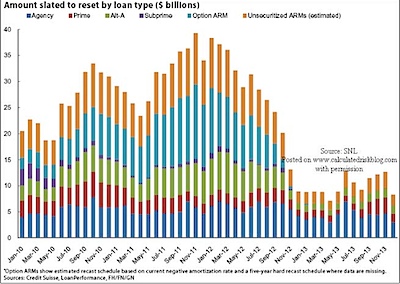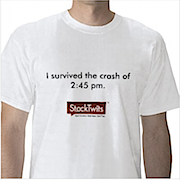Tue 29 Jun 2010
John Hussman sees a double dip coming… While Hussman has been bearish or cautious frequently, it is not without rigor. Here is his analysis of why we have some rough times ahead of us:
Our policy makers have spent their ammunition in the attempt to bail out bondholders and to create an entirely deficit-financed appearance of economic strength. It would be better to allow insolvent, non-sovereign debt to default (including long-term Fannie and Freddie obligations, and obligations to bank bondholders), and to instead use public funds to take receivership of failing institutions and to defend customers and depositors from the effects. Restructuring is probably a more useful word, but in any case, the key element is that those who actually made the loans, not the public, should absorb the loss. Restructuring means simply that the payment terms are rewritten to reflect the lower amount that will delivered over time. I can’t emphasize this point often enough – “failure” of a financial institution means only that the bondholders don’t receive 100 cents on the dollar plus interest. Failure is only a problem when it requires piecemeal liquidation, as occurred in the case of Lehman. This is not necessary when appropriate regulators can take receivership of insolvent bank and non-bank institutions (as the new financial regulatory bill now provides).
My greatest concern is that these new receivership powers will not be implemented because the Fed and the Treasury are both in bed with major Wall Street and banking institutions. Yet there is no effective alternative. Having squandered trillions in an empty confidence-building exercise, it will be nearly impossible for those same policies to build confidence again in the increasingly likely event that the economy turns lower and defaults pick up again. The best approach will still be to allow bad debt to go bad, let the bondholders lose, and defend the customers by taking whole-bank receivership (as the FDIC does seamlessly nearly every week with failing institutions). Almost undoubtedly, however, our policy makers will choose to defend bondholders again, pushing our government debt to a level that is so untenably high that little recourse will remain but to suppress the real obligation through long-term inflation (though as noted below, the near-term effects of credit crises are almost invariably deflationary at first).



